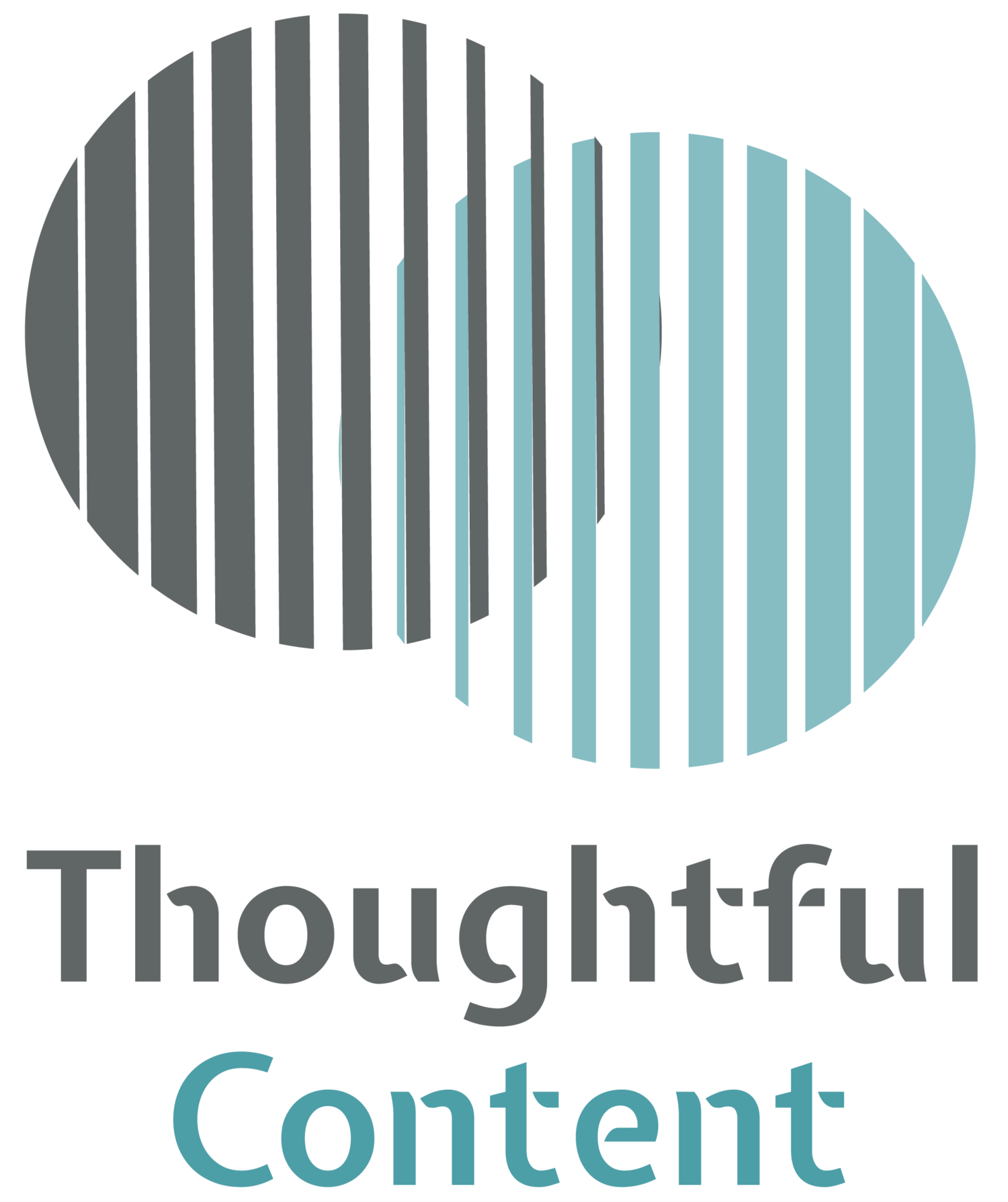Pro-tip: engaging seldom-heard groups
Photo by Jack Moreh from Freerange Stock
I am often asked to give advice about recruiting a ‘broader’ range of people for user involvement and research projects. You want to know that your comms, content and research is speaking to and is inclusive of people from all walks of life. You may want to particularly focus on those who need your information or services the most or who you are not currently engaged with: for example people more likely to experience social inequalities.
I’ve worked on lots of projects focusing on inequalities and recruiting seldom-heard or excluded people, so here are some of my tried and tested tips:
Not so ‘hard to reach’
You may have heard the phrase ‘hard-to-reach’ used in the past. But this puts the onus on the participants, it’s actually our responsibility to work with and include people who may often be excluded.
Examples of seldom heard groups includes:
Particular ethnic groups
Carers
People with disabilities
Lesbian, Gay, Bisexual, Transgender, and Queer people
Refugees/asylum seekers
People who are homeless
People on lower incomes
People who face language or literacy barriers
Be specific
Who do you want to speak to? Are there particular segments of your audience that you know are more likely to experience inequalities? Or groups that you don’t normally hear from? This can help you be targeted with your recruitment strategies.
For example, if you want to work with people from lower socioeconomic groups, you can then look at areas in your locale that have higher levels of deprivation and focus your attention here. This information is available from the Office of National Statistics.
If you are thinking about ethnicity don’t just think ‘BME’ and lump everyone together into one group. Consider what specific ethnic groups you need to speak to the most.
Consider stigma
There is often a stigma attached to lower literacy levels, low-income or in grouping people in certain ways. You need to be very sensitive in how you are recruiting for these characteristics and think about what type of language you are using. Is there a different way you could frame it or a different focus you can use? If you can co-create or at the very least test the language you are using that would be best. Although I realise this might be tricky if you are not yet engaged with the people you are reaching out to. Perhaps there are other experts in this field you could connect with for a sensitivity check?
For a project we worked on recently we looked instead at whether people were online or if they used computers. Digital exclusion is interconnected with lower SES or lower health literacy, but seems to carry less stigma and people may find it easier to talk about.
Using a co-production approach where your audience has a more hands-on involvement in developing content or research strategies, can help people feel valued for their time and contribution. As can offering an appropriate financial incentive. Making sure that the relationship is reciprocol and that they are also getting something from the exchange could be one way to approach feelings of power-imbalance and stigma,
Building relationships
Using trusted intermediaries can be a successful way to recruit seldom heard people for research. Working with community groups or specific interest groups is often a very successful way to reach new people.
Recently I worked with an older people’s group and a South Asian community centre in my local area to conduct interviews. In the past I have worked with LGBTQ groups and learning disability organisations for specific projects.
Again you will normally need to seek out specific groups or parts of the country. As I have mentioned in previous articles it can take time to build relationships and you need to consider that these groups are often stretched in terms of time and financial resources. How can you remunerate them and make sure relationships are equitable?
Social media
Using social media platforms that people are more comfortable with may be one approach. This is a quick way to reach new networks and go where members of your audience are. Again, work with existing organisations or groups on social media if you can and ask them to share your message. You could also connect with people who have a big social media following or who our influencers amongst your specific audience section.
I recently tried going via local Facebook groups to recruit for a project. I didn’t have a lot of luck this time, but I have heard this has been successful for others!
Networks and connections
Do you have any friends, family or colleagues in your network who could help? Once you recruit your participants do they have anyone else in their networks? This is called ‘snowball sampling’ and can be a very helpful approach.
Specialist recruiters
Again, I have not yet gone down this route but you can find specialist market research agencies who can do the recruitment for you. I know some charities that have used a recruiter and that has been very successful.
The Market Research Association has a database of agencies, you can search for ‘recruitment’ and see what type of participants they are able to reach for you.
My biggest tip is: invest enough time and money in this: it is not a quick process but is very important. I am always learning and iterating in this area and I don’t get everything right all the time, but I do try and keep trying. You can do it too!

